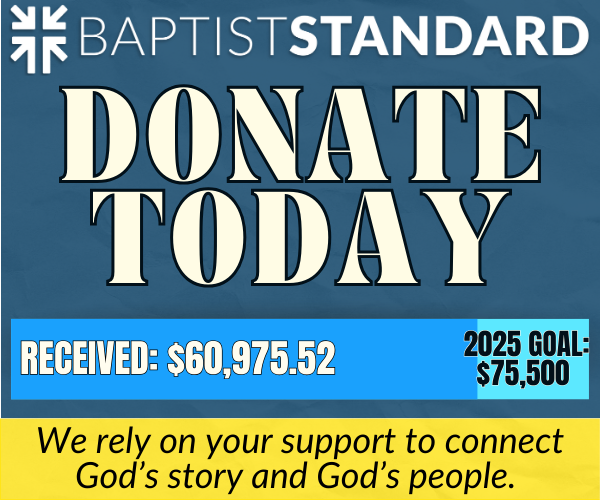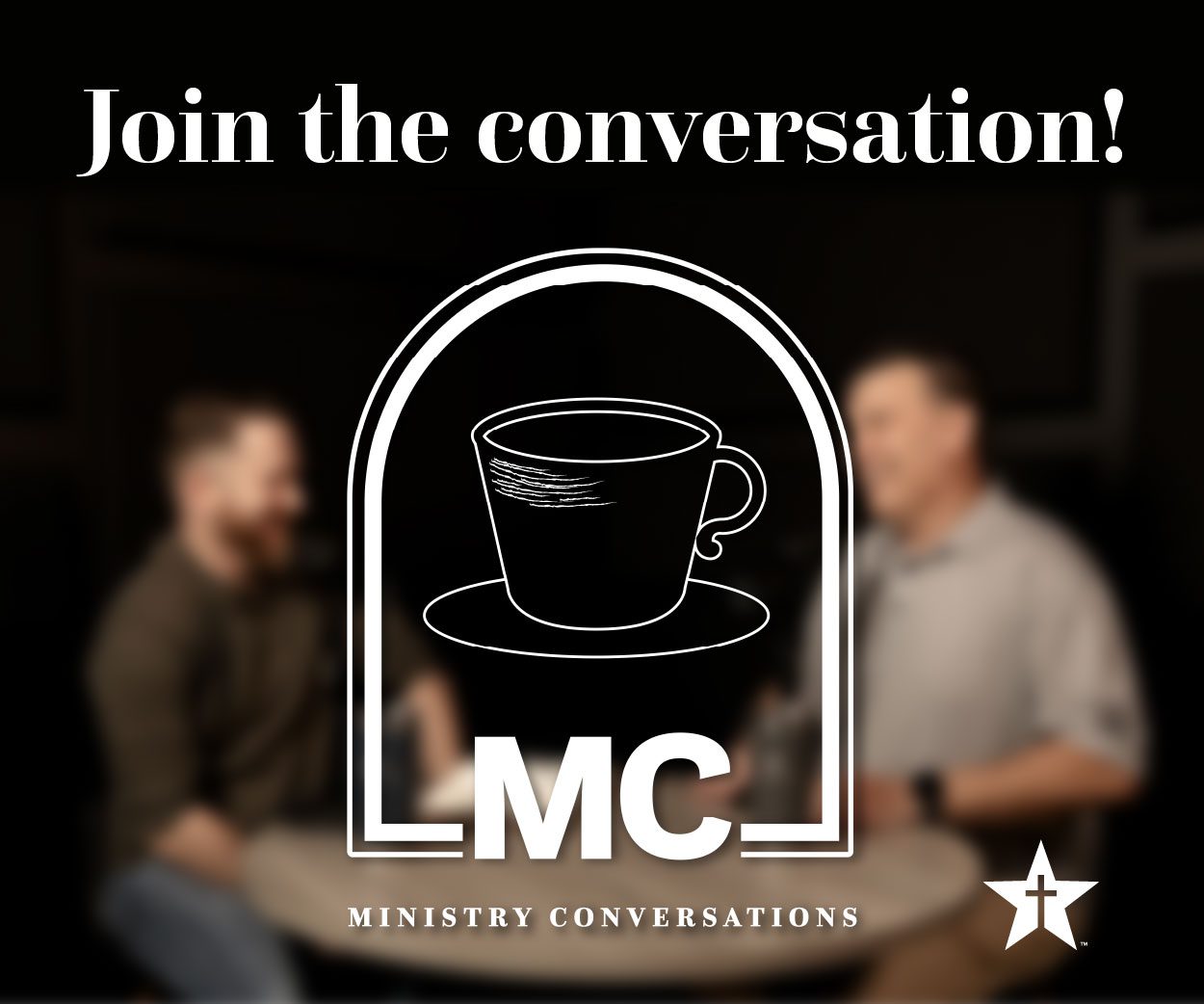Smoke was billowing from the back of an RV when we reached the house. As I pulled hose from the fire engine to the backyard, we noticed the homeowner attempting to extinguish the flames with a garden hose, but to no avail.
“Put it out! Put it out!” the homeowner yelled as we pried open the door of the flaming camper.
I attempted to exhale the twinge of excitement and anxiety one feels when engaging a fire scene. Pulling on my mask, I took a deep breath of fresh air and headed into the RV, smoke completely removing my visibility, heat licking at the seams of my gear. In a typical day at a fire station, this event was tame.
The grief of the moment led the homeowner to begin telling me how his vacation with the grandkids was ruined and, more importantly, how his son was shot the weekend before this incident.
Noticing his cross necklace, I offered the best condolence I could think of, asking, “Can I pray for you real quick, sir?”
The man burst into tears and hugged my sweat-soaked body as he praised God for his goodness and for sending people to be there in his time of need. It was a moment I will hold dear, as the life of a first responder and the human interactions we have do not always lend themselves to remembering God’s goodness and presence.
Getting past first responder barriers
Three years ago, I shared why spiritual care for the first responder community is important. At the time, I was close to finishing my graduate studies and felt led to work closely with first responders following graduation. I did not expect, however, to be working as a full-time firefighter myself.
While I recognize I lack the experience of a tenured veteran, my time spent immersed in the culture and day-to-day of station life has provided me with a unique perspective on first responder culture.
Unfortunately, a lot of calls do not end in prayer and praise like the one above. The experience of stepping into the mess of other people’s lives, though, is the life of a first responder.
By gaining further understanding of the intricacies of first responder cultural values, spiritual caregivers can provide pastoral care and grace more effectively to the needs of our community.
Those working to help first responders often hear, “You won’t get anywhere trying to help them.” As a firefighter, I can vouch for the validity of that idea.
First responders often are a proud and stubborn bunch, set in our ways, slow to share the burdens of our role, and trained to see hardships as obstacles to overcome. We are still humans in need of care, however, and I urge you to look past the identity we find in our careers to engage with the individual underneath.
First responder mental health
From a mental health standpoint, there is a higher statistical probability of a first responder having experienced post-traumatic stress disorder than a civilian.
To those who seek to understand our community, ask questions of the men and women you encounter in first responder roles. Active listening will go a long way if we choose to share details with you, but also recognize if you are a person who will not be able to listen to our stories without becoming upset yourself. Know your own limits when it comes to offering a listening ear.
If you notice a new and consistent pattern of withdrawal or irritability in the life of a first responder you know, it may be helpful to ask what is going on in their lives. But try not to pry deeper than they are willing to go. Sharing our traumatic experiences is not always as fun for us as it is for those hearing the story.
First responder spiritual health
Like the general population, expressions of faith are integral components of building a worldview for first responders. The day-to-day experiences first responders encounter can challenge the beliefs we hold about society and faith.
Christians understand God as an ever-present help who can provide individuals with meaning throughout life. In my experience, sometimes it can be easy to lose focus on the message of the gospel when the daily calls we run challenge our spiritual beliefs.
If the opportunity arises to speak with a first responder about their experiences, I recommend not leading with the phrase, “This is God’s plan.” Simply praying with the individual or seeing if they are engaged in a local religious congregation may be the better initial route if you are unfamiliar with their spiritual background.
If you know about the first responder’s spiritual background, a reminder of God’s provision and faithfulness through hardships can go a long way in providing a reminder of the core values associated with their faith. But wait until after the first responder already has begun processing their experiences on the job.
Spiritual care of first responders
First responders and their families encounter a unique set of challenges unfamiliar to many spiritual caregivers. We are predominately a group of caring individuals, sometimes hidden behind an abrasive exterior in the way we present ourselves. Our faith background can be a positive and integral component of a holistic approach to caring for our population.
For more information and training in this area, consider resources such as the International Association of Fire Fighters webinars on culture within the first responder community. I urge you to take the time to learn continually about the needs of first responders. I request your prayers for our community as we seek to wrestle with our own experiences in the light of a good and ever-present God.
Heath Holland is a graduate of Baylor University’s Diana R. Garland School of Social Work and George W. Truett Theological Seminary. He is an ordained Baptist minister working as a career firefighter and is interested in pastoral care and mental health work with first responders. The views expressed are those solely of the author.















We seek to connect God’s story and God’s people around the world. To learn more about God’s story, click here.
Send comments and feedback to Eric Black, our editor. For comments to be published, please specify “letter to the editor.” Maximum length for publication is 300 words.